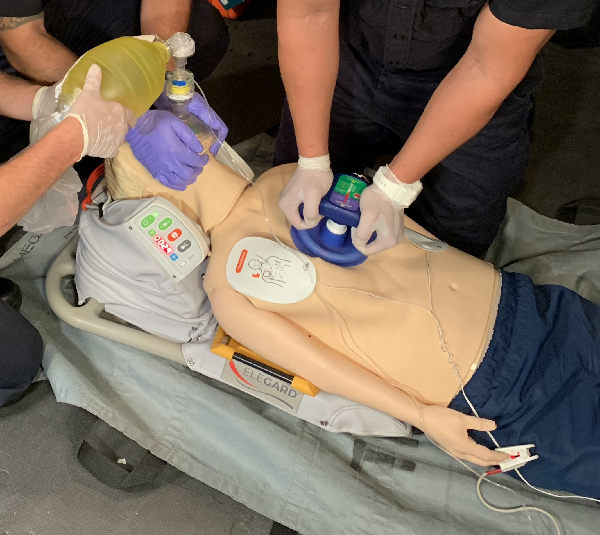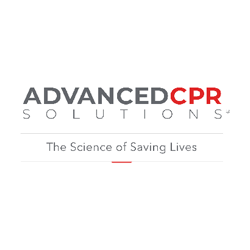 In 1988, cardiac electrophysiologist Keith Lurie discovered one of his patients had suffered an apparent heart attack while at home. But a unique method employed by the patient’s son revived him. The son used the common tool for unclogging toilets to plunge his father’s chest. The anecdote sparked an idea that would lead Lurie down a path toward better treating cardiac arrest.
In 1988, cardiac electrophysiologist Keith Lurie discovered one of his patients had suffered an apparent heart attack while at home. But a unique method employed by the patient’s son revived him. The son used the common tool for unclogging toilets to plunge his father’s chest. The anecdote sparked an idea that would lead Lurie down a path toward better treating cardiac arrest.
Lurie founded Advanced Circulatory Systems the previous year at the University of Minnesota to improve patient outcomes after cardiac arrest. At the time, the chances of surviving without severe brain damage were abysmal—about six percent. “The grim reality is that the vast majority of patients never wake up and recover,” says Lurie.
Based on the plunger inspiration, Lurie and his team invented a suction cup device meant to increase blood flow to the heart during CPR. But when they noticed the device didn’t always perform better than a pair of hands, they realized that air rushing into the lungs during chest expansion was preventing the pressure build up needed to draw blood back to the heart. Using Small Business Innovative Research (SBIR) funds from the National Heart, Lung, and Blood Institute (NHLBI), the company developed a valve to accompany the suction cup, which temporarily blocked airflow during the relaxation phase of CPR. Together, the two devices tripled the amount of blood flow to the heart when tested in animals.
I do think we're going to change the care paradigm for treatment of patients with cardiac arrest.
In 2010, Advanced Circulatory Systems completed a two year-long SBIR-funded study to test whether using their device duo could help to resuscitate patients. “At the end of the year, if you compare a pair of hands versus the combination of the suction cup device, which we call the ResQPUMP, and the impedance threshold device, which we call the ResQPOD, 50 percent more patients were alive at the end of the year,” says Lurie. Together, the two devices make up the ResQCPR system.
In total, the company received more than seven million dollars in SBIR funding. In 2014 they received FDA premarket approval for ResQCPR and shortly after sold the company to Zoll.
Lurie continues to work toward improving patient outcomes after cardiac arrest. In 2014 he founded Advanced CPR Solutions. Using SBIR funding from NHLBI, the company developed EleGARD, which optimizes patient positioning during CPR. The device, which received FDA approval in 2019, dramatically increases the chances of resuscitation. “SBIR funding has been a terrific boost to the world of CPR,” says Lurie. “I do think we're going to change the care paradigm for treatment of patients with cardiac arrest.”







